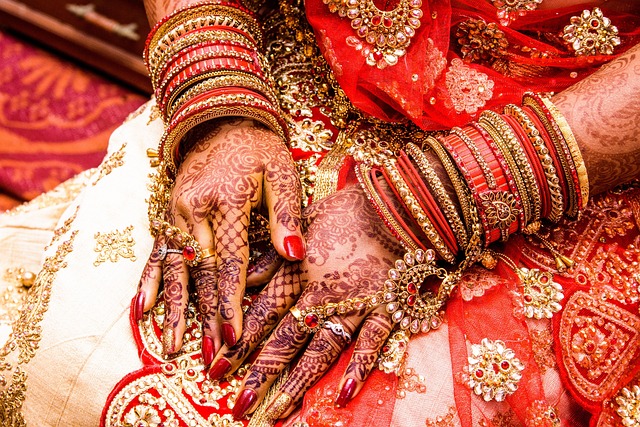The saree isn’t just a garment—it’s a symbol of culture, grace, and timeless elegance. With roots stretching across centuries, traditional saree styles continue to evolve while keeping their heritage intact. Whether it’s a grand wedding, festive celebration, or a casual get-together, there’s a saree for every occasion.
In this guide, we’ll explore the most iconic saree types, draping techniques, and styling tips to help you wear this beautiful attire with confidence and pride.
What Makes Traditional Sarees Special?
Traditional sarees reflect the cultural diversity and craftsmanship of regions across South Asia. Each type is defined by:
-
Fabric (cotton, silk, muslin, etc.)
-
Weaving technique
-
Embroidery or motifs
-
Region of origin
-
Draping style
These sarees aren’t just outfits—they’re stories woven in threads.
Popular Traditional Saree Styles by Region
India:
1. Banarasi Saree (Uttar Pradesh)
-
Known for gold/silver brocade (zari)
-
Perfect for weddings and festivals
-
Heavy and luxurious
2. Kanjeevaram Saree (Tamil Nadu)
-
Made from pure mulberry silk
-
Bold colors and temple borders
-
Commonly worn by brides
3. Chanderi Saree (Madhya Pradesh)
-
Lightweight and glossy
-
Known for zari and cotton-silk blend
-
Elegant for daytime events
4. Bandhani Saree (Rajasthan & Gujarat)
-
Tie-dye design with vibrant colors
-
Festive and lively
-
Usually worn during Navratri and Holi
Bangladesh:
5. Jamdani Saree
-
Woven on muslin with intricate motifs
-
Delicate, airy, and very elegant
-
Perfect for Eid, weddings, or pujas
6. Tangail Saree
-
Handwoven with subtle borders
-
Lightweight and breathable
-
Ideal for summer days
7. Rajshahi Silk Saree
-
Luxurious silk with glossy finish
-
Rich colors and simple elegance
-
Common in formal and festive wear
Traditional Draping Styles
| Style | Origin | Description |
|---|---|---|
| Nivi | Andhra Pradesh | Most common drape with pleats in front |
| Bengali | West Bengal | Draped without pleats, with large pallu wrap |
| Gujarati | Gujarat | Pallu comes from the back to the front |
| Maharashtrian | Maharashtra | Nine-yard saree worn like a dhoti |

